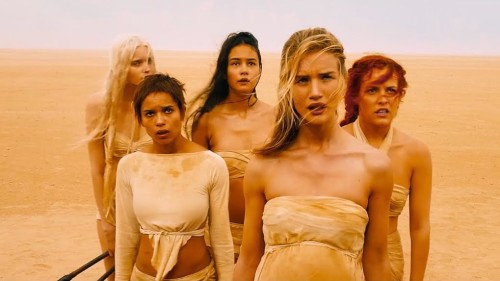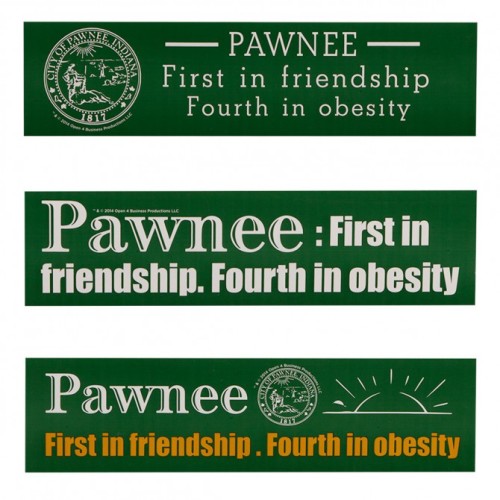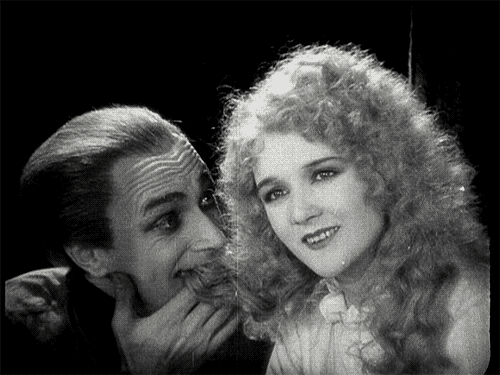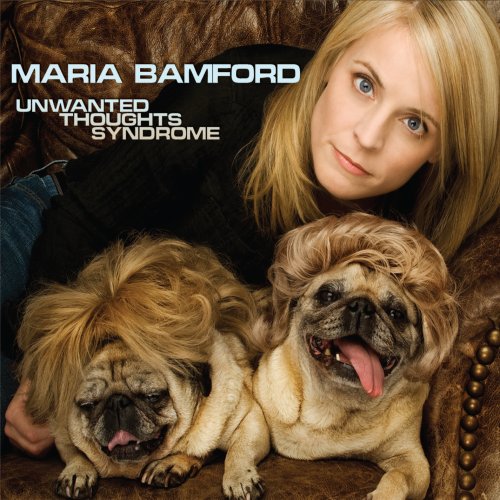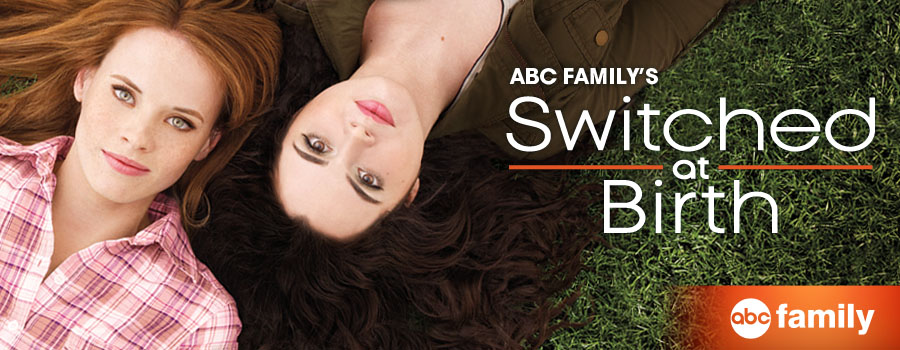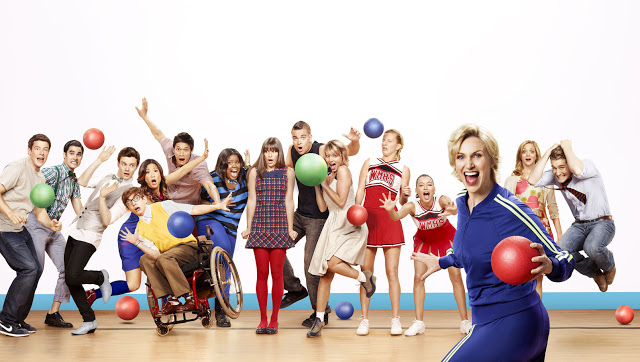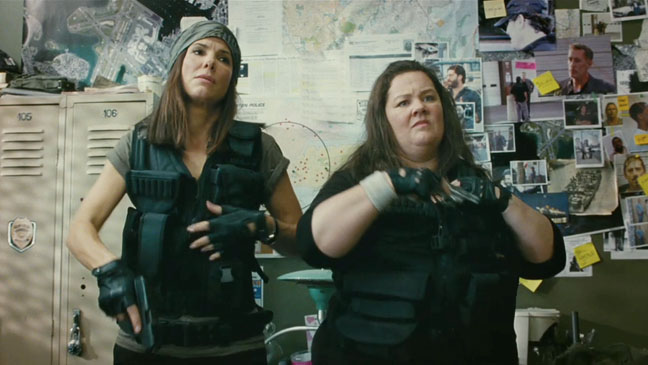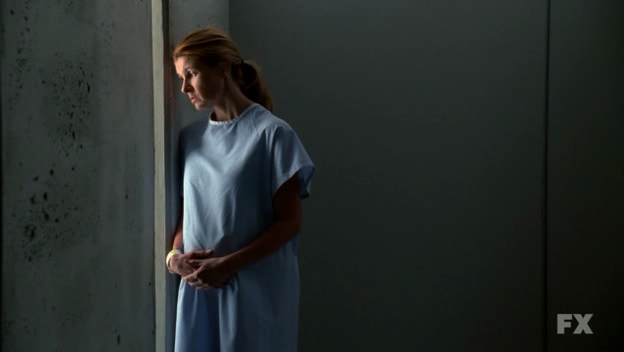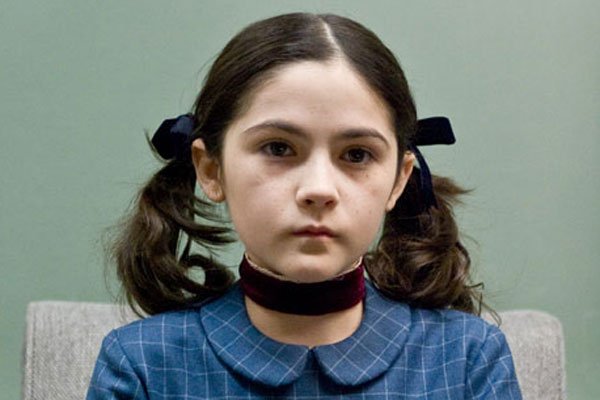This guest post by Ali Thompson appears as part of our theme week on Fatphobia and Fat Positivity.
I’ve been binge watching Parks and Recreation episodes on Netflix over the past few weeks, and I really wanted to love it. But every time I am about to decide that I do, Parks and Rec makes a fat “joke.” I have to put the word joke in quotes because the punch line seems to be that fat people exist.
It’s weird that a show that is renowned for its kindness and feminism would rely so heavily on fat jokes, but it also isn’t. The discrimination and microaggressions that fat people endure are invisible to the wider culture, and Parks and Rec is a good example of this.
Fatphobia is a consistent presence in the show. In the “Sweetums” episode Ann Perkins says, “Pawnee is the fourth most obese city in America. The kids here are beefy. They’re just beefy, big-boned, chunk monsters. I call ’em like I see ’em.”
This happens in the second season, and apparently the writers found the existence of fat people so hilarious that they never let up after. Pawnee’s motto is “First in Friendship, Fourth in Obesity.” NBC is still selling shirts and bumper stickers featuring it.

I don’t think it would be quite the same barrel of laughs if the motto of Pawnee were “First in Friendship, Fourth in Poverty.” Fat shaming and fat jokes like the People of Walmart photos are often a socially acceptable stand-in for the classist shaming of poor people. Poor people are more likely to be fat, after all. We get paid less and we’re more likely to be fired. Oh, the comedy!
There are plenty of times that Amy Poehler will say the word “obesity” as the supposed punch line of a joke, and then smirk at the camera slightly, like—“See? Fatties! Amirite??” The joke here seems to be that just the word “obesity” is funny.
I don’t accept the idea that this mockery is ironic or satirical. The assumption here is that the very existence of fat people is funny. That’s not subversive in any way. It’s “What’s the deal with airplane food” of making fun of what people look like. It is tired and lazy and hacky. And it causes real damage.
The word obesity refers to the mere existence of a fat body as a disease that must be cured. This medicalization of fat bodies has led to an increase in the stigma against fat people. Fat people are constantly confronted with microaggressions related to inaccurate assumptions about our health, even—and especially—at the doctor’s office.
Multiple studies have shown that the majority of medical personnel have negative attitudes about their fat patients and are more likely to see them as lazy and noncompliant.
Parks and Recreation seems to find this stigma hilarious. I don’t. If you had to wade through the never-ending cesspool that is being a fat woman in public and online, you probably wouldn’t either.
Parks and Rec also makes the tired old claim that all fat people have diabetes, which is not only fatphobic but is ableist because it frames diabetes as a punishment for being fat.

In the “Telethon” episode, the telethon is supposedly a fundraiser to end diabetes, but what they really seem to want to get rid of is fat people. The show repeatedly conflates diabetes and fatness and seems to find this incorrect and ableist conflation a source of high hilarity.
“Tonight we’re hoping the people of Pawnee will dip their big chubby hands into their plus size pockets and donate generously… Coming up, a very special video presentation called Even My Tongue is Fat: The Story of Pawnee.”
The existence of the Sweetums factory, which makes high fructose corn syrup, is supposed to be the reason the characters are concerned about diabetes, but here’s the thing: you don’t get diabetes from eating sugar.
Framing diabetes as the punishment fat people get for their laziness and lack of self-control drains the empathy out of any conversation about the disease. It actively harms people with diabetes because everyone, even their doctors, think they have the disease because they did something wrong. It’s hard to get decent health care when even your doctor blames you for being sick.
The “Soda Tax” episode is an example of some of the worst fatphobia and ableism of the show. It uses what Dr. Charlotte Cooper calls “the headless fatty”- images that show fat people as symbols of fear and disgust, removing their humanity so that they can be more easily turned into objects—because bodies without heads are bodies without minds or voices.

“Soda Tax” also continues to conflate fatness and diabetes and to present both as problems to be solved, proposing that a tax on soda could get rid of diabetes, which is wrong and also ableist victim blaming. The reality is that diabetes existed before soda did. It existed before refined sugar did. The idea that getting rid of a source of sugar will get rid of diabetes is profoundly ignorant.
What it does demonstrate is the current trend of the government increasing revenues by targeting taxes at despised groups. We can’t raise taxes on businesses or the wealthy anymore because that option has been removed by anti-tax partisans, but the government needs money, so who can they get it from?
Why not fat people? Or people who smoke or drink? No one will complain about targeting those people. If you really wanted to offset the harm you believe soda manufacturers are doing, why not target them for taxes, at the point of manufacturer? But politicians know they could never challenge large corporations that way. So they pick an easy target.
Fat people are the easiest target. We are framed as deserving of every bad thing. We are always available to scapegoat and target.
And then there’s Jerry—the ultimate target.
Jerry Gergich is fat, and he portrayed as stupid and clumsy. He is constantly the butt of mean jokes around the office, bullied by people he considers friends, but who openly talk about how much they hate him.
He is constantly farting. His pants rip when he bends over. He’s so stupid that he will eat anything placed in front of him, including a bowl of glue substituted for his soup. He lies about being mugged in the park, but he really fell into a creek because he was trying to retrieve a breakfast burrito he dropped.
You know fat people! They go WILD over food. Why, they’ll even try to eat food that fell into a dirty creek! Har har har.

Jerry’s wife Gayle is played by supermodel Christie Brinkley. The “joke” is how could a good-looking person could find something lovable in fat, unattractive Jerry? Fat people are only supposed to be partnered with other fat people. How could someone so low status and of such little value as Jerry be married to a conventionally beautiful woman?
Comedy!

It makes no sense to me that a show that uses imagery like this, and refers to fat children as beefy monsters, can still be lauded as the “comedy of super niceness.”
The perception of Parks and Rec as super nice, which ignores the show’s constant, mean-spirited mockery of fat people and people with diabetes, is consistent with the media’s general unwillingness to engage with actual fat people. Reporters are obsessed with getting the other side on some topics, but when it comes to publishing the most recent press release from the Fat People are Terrible Monsters Think Tank (funded by Weight Watchers and diet pills), they just copy and paste whatever and call it a day.
I am a fat woman and the constant positioning of the existence of my body as a huge problem for the entire world to butt in and have a say in solving is insulting and exhausting. My body is not a disease or a problem.
When was the last time you saw someone advocating for the rights of fat people and fat kids? Probably never. What about our right to not be bullied, discriminated against, and shamed by an entire culture?
Everyone talks about fat people, but no one talks to us.
To be fat is to be invisible. Most of the time, I won’t see anyone who looks like me anywhere in the media. And if I do, that person is the subject of mockery. I believe this contributes to the hatred of fat people and the discrimination against us. We are not considered people. We appear nowhere, except as a mean joke or as a decapitated image of a body—another fat body to be used as an object in the cultural panic that is the Obesity Plague.
The invisible fatphobia of Parks and Recreation is just a symptom of a wider cultural problem. And that problem is that fat people are not treated like people who have feelings and thoughts just like everyone else.
Ali Thompson is an artist, a writer, a fat activist, and an unapologetic weirdo. She is the creator of ok2befat.com.


